Zambia Photo Safari
Fantastic wildlife photo opportunities
Zambia is truly a unique destination. Over the years I have fallen in love with this country and am lucky to be able to explore some of the best wilderness areas on the continent. From the Luangwa to the Victoria falls this country truly has plenty to offer. The best time for a Zambia Photo Safari is in the dry season however towards the end of it, it does get warm. Through my experience any time between May and July is a fantastic time to visit. Infact as per my records I would suggest early May till mid-June to be the prime time. My partners on the ground are highly experienced and have been in the industry for over 40 years. Zambia will not disappoint. Addons such as South Africa can easily be organized.
Country brief
Zambia offers one of Africa’s finest safari destinations, showcasing classic African animals. Elephants are found in certain national parks including South Luangwa and the Lower Zambezi National Park. Those parks are also excellent places to spot Zambia’s native giraffe subspecies, Thornicroft’s giraffe. The grasslands of Zambia are home to herds of zebras, impalas, wildebeest (the Cookson wildebeest is endemic) and various antelope species including puku, the endemic Kafue lechwe, bush buck, eland, impalas and many more.
The annual wildebeest migration in Zambia is second only to the Serengeti migration in Tanzania. With such a large population of grazing animals, it is not surprising that various predators are also found in Zambia. Such predators include lions, leopards and hyenas and the elusive cheetah. Riverbeds are good places to spot hippopotamus and Nile crocodiles.
On a Zambia Photo Safari you will see a diverse birdlife culture, boasting over 740 recorded species. Many rare birds call Zambia home. The Shoebill stork is one of Africa’s rarest birds, found in very few places on the continent, Zambia being one of them. More than half of the world’s wattled Crane population (the largest crane in Africa and the second largest crane in the world) inhabit the wetlands of Zambia.
Many lizards exist throughout the country with geckos and chameleons being the most common. The water monitor is often spotted lying around waterholes. Zambia’s most notable reptile is the Nile crocodile. Despite decreasing numbers due to habitat destruction and by hunting, crocodiles are still widespread in Zambia and are often spotted in national parks like South Luangwa, Kafue and Lower Zambezi. Zambia also hosts a mixture of harmless and venomous snakes, the largest being the Python which grows over 5 m in length.
Quick facts
The termite hills are the size of a house. Termite hills in Zambia can grow as big as a small house. With room for a pony.
Zambia is a completely landlocked country and is surrounded by seven countries: Democratic Republic of the Congo, Tanzania, Malawi, Mozambique, Angola, Namibia and Zimbabwe.
The traditional name for Victoria Falls is Mosi-oa-Tunya. Mosi-oa-Tunya means the ‘Smoke that Thunders’ and, as you can imagine, Victoria Falls truly lives up to its name.
Victoria Falls is double the height of Niagara Falls and is 108 meters in height. It’s almost double the height of Niagara Falls in Canada.
Zambia relies on copper as one of its biggest exports. They produce around 1.5 million tones a year.
All of Africa’s Big Five can be found in Zambia including lions, rhinos and elephants. South Luangwa National Park is a protection area for these animals.
The local currency is the Zambian kwacha – translating to ‘dawn’. Most of the ATMs give out US dollars which you can use for larger purchases or when paying at hotels and restaurants.
One can go white water rafting down the Zambezi, canoe through national parks for a closer look at the wildlife, take a chopper flight over Victoria Falls or swing off one of the massive gorges (appropriately dubbed ‘gorge swinging’).
Lake Kariba is the world’s biggest man-made lake and is used for commercial fishing operations and to supply electric hydropower to Zambia and Zimbabwe.
Zambia was named after the fourth biggest river in Africa the Zambezi. The Nile, Congo, and Niger Rivers are bigger.
Zambia Photo Safari Highlights
Photo categories available
Photo Safari Countries
Each Country has its Magic
[pt_view id=”e1fd51d7w1″]
